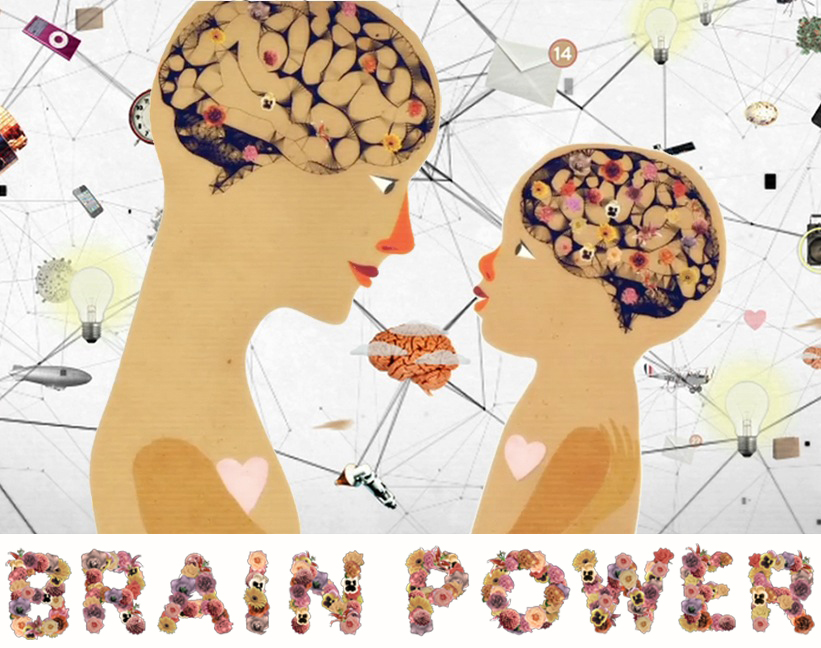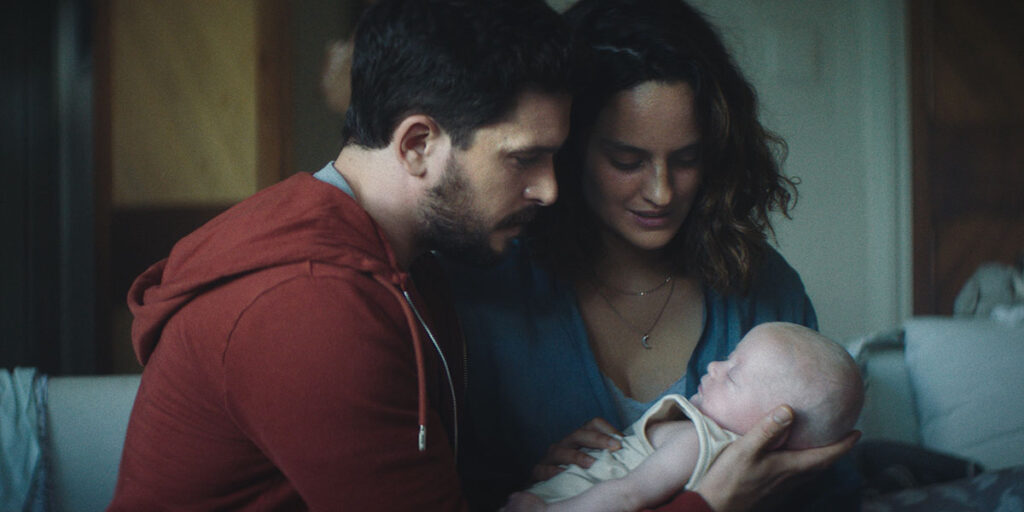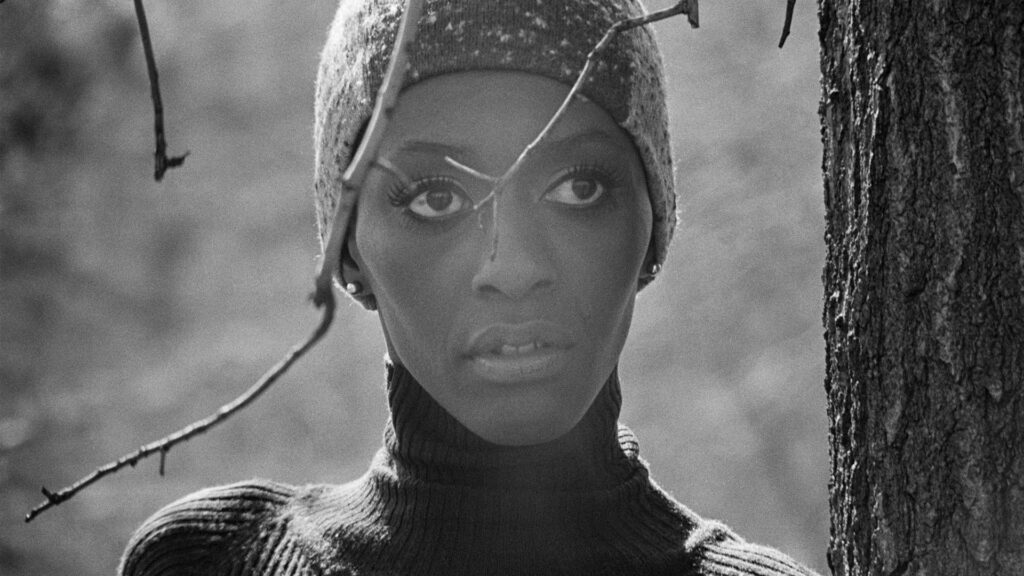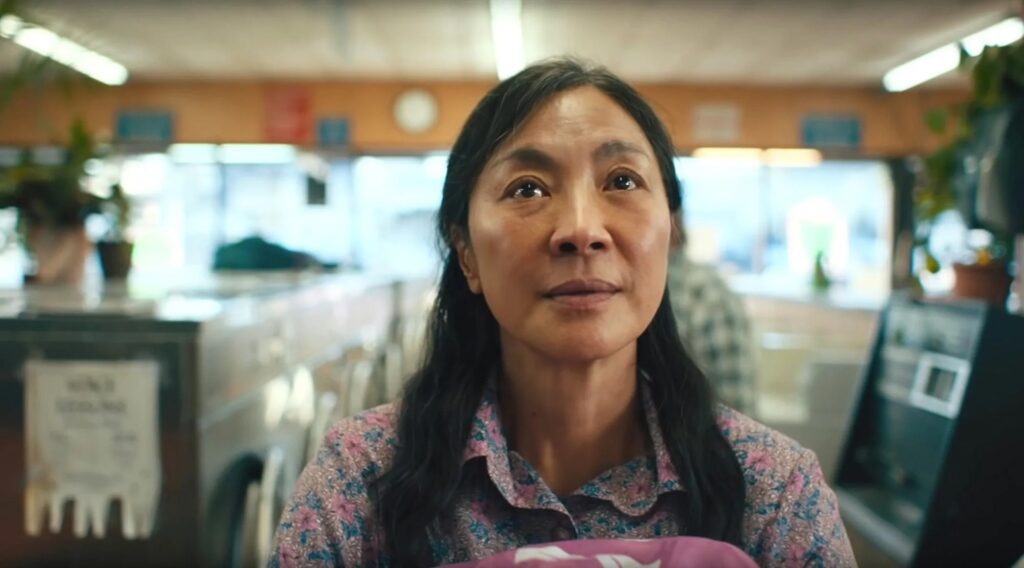 We’re constantly striving to push ourselves further. When we couldn’t see far enough, we invented the telescope. When we needed to speak with people who weren’t within shouting distance, we developed the telephone. When we wanted to travel to far-off places in a short amount of time, we created the airplane. When we needed to connect data, we invented the Internet. And since then, it’s evolved to do so much more– connecting data, ideas, knowledge, feelings, emotions, and memories. The Internet, is, in many ways, an extension of our brains. An extension of us. And like us, these inventions can be both good and bad, and everything in between.
We’re constantly striving to push ourselves further. When we couldn’t see far enough, we invented the telescope. When we needed to speak with people who weren’t within shouting distance, we developed the telephone. When we wanted to travel to far-off places in a short amount of time, we created the airplane. When we needed to connect data, we invented the Internet. And since then, it’s evolved to do so much more– connecting data, ideas, knowledge, feelings, emotions, and memories. The Internet, is, in many ways, an extension of our brains. An extension of us. And like us, these inventions can be both good and bad, and everything in between.
Two billion people from around the world regularly engage with this global Internet brain, allowing innumerable and diverse perspectives to interact. The creative potential of all these intersecting ideas is extraordinary. Yet the Internet is still relatively young as a generally accessible form of human interaction in a phase of rapid growth and change. In comparison with the human life cycle, the internet is still in its formative years. This means that, as with a developing child’s brain, we must pay careful attention to how we are developing our global brain.
But how far can that parallel go? What is the connection between the developing human brain of a child and the emerging global brain of the Internet? Can the lessons learned in observing the former, affect how we nurture the growth of the latter? And what can we do, every day, to strengthen both? What small, regular activities promote our children’s healthy brain development? What daily habits make for smart, mindful Web usage that will lead to mindful participation as well as a stronger foundation for the growth of the Internet.
The idea to write a book that connected these two lines of inquiry arose while I was traveling for my feature documentary Connected, a film that explores what it means to be connected emotionally, technologically and socially in the 21st century. At screenings in theaters, conferences, schools, and community centers around the world, one question came up over and over again, “What is all this technology doing to our brains?”
Around the same time, one of my mentors began sharing new research on the development of children’s brains. This research uses new technologies which, for the first time, allow us to actually see what’s happening inside a child’s mind in the first five years of life, confirming how crucial those years are to brain development. This research—and the questions asked by the Connected audiences – inspired my team and I to make a new film, called Brain Power, that investigates these new methods for nurturing a young child’s mind, and how they could perhaps help us improve the ways we use technology and the Internet.
We began Brain Power by delving into brain development research, and quickly discovered that, fittingly, the language neuroscientists use to describe the growth of a child’s brain (connections, links, overstimulation) is often how we characterize or describe aspects of the ever-changing and evolving Internet. We also learned that our brains change throughout life because behavior, experiences and environment can alter neural pathways and synapses. This is called neuroplasticity, and basically it means that old dogs can in fact learn new tricks. But the young can learn a lot more. A baby’s brain is extremely neuroplastic, developing rapidly from every interaction he or she has. And thanks to a new technology called magnetoencephalography, or MEG imaging, we were able to see this rapid development in a baby’s brain for the first time.
A baby’s brain has an enormous number of neurons—100 billion, in fact, the same number that an adult brain has—but most of the connections between all those neurons aren’t yet there. Those connections happen as the baby interacts with the world around him or her, and, as MEG imaging shows, those connections are happening from the first hour of an infant’s life. A young child’s brain makes so many connections that by the age of three she has three times as many as an adult. Experiences strengthen connections, causing some to remain while others are pruned. Our role as nurturers in this critical stage of development — the first 2,000 days, or birth to five years old — is to provide an environment that strengthens as many connections as possible and prunes the ones that aren’t needed, ultimately building a strong foundation for the rest of the child’s life.
As neuroscience reminds us, the beginning of any project is a crucial time. It’s when the foundation for future success is laid. If we are also at the metaphoric first 2000 days of life for the Internet, this also means now is when we need to pay close and careful attention to developing our Internet brain. When the moment comes when every person on the planet who wants to be online is able to (I believe the majority of you will be alive to experience it), we will surely hope that we had spent the time to develop it in the best way possible.
__________________________________________
The above is excerpted from Shlain's new TED book "Brain Power: From Neurons to Networks," available on Kindle, Nook, or iPad.
_____________________________
Honored by Newsweek as one of the “Women Shaping the 21st Century,” Tiffany Shlain is a filmmaker, founder of the Webby Awards, and co-founder of The International Academy of Digital Arts & Sciences. Her last four films premiered at Sundance, including her 2011 feature documentary, Connected: An Autoblogography about Love, Death & Technology, which The New York Times described as “Examining Everything From the Big Bang to Twitter.”
Connected was selected by the US State Department as one of the films to represent America around the world for The 2012 American Film Showcase. Tiffany is a Henry Crown Fellow at The Aspen Institute, a member of the advisory board for MIT-IBM Network Science Research Center, The Institute for the Future and she was invited to advise Secretary State Hillary Clinton about the internet and technology. She lives in the Bay Area with her husband and children. You can find Tiffany on her site or @tiffanyshlain.







